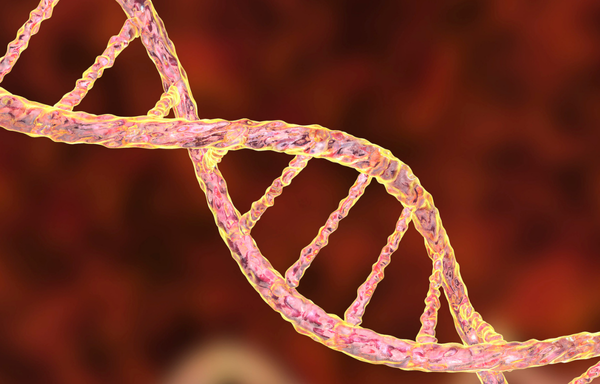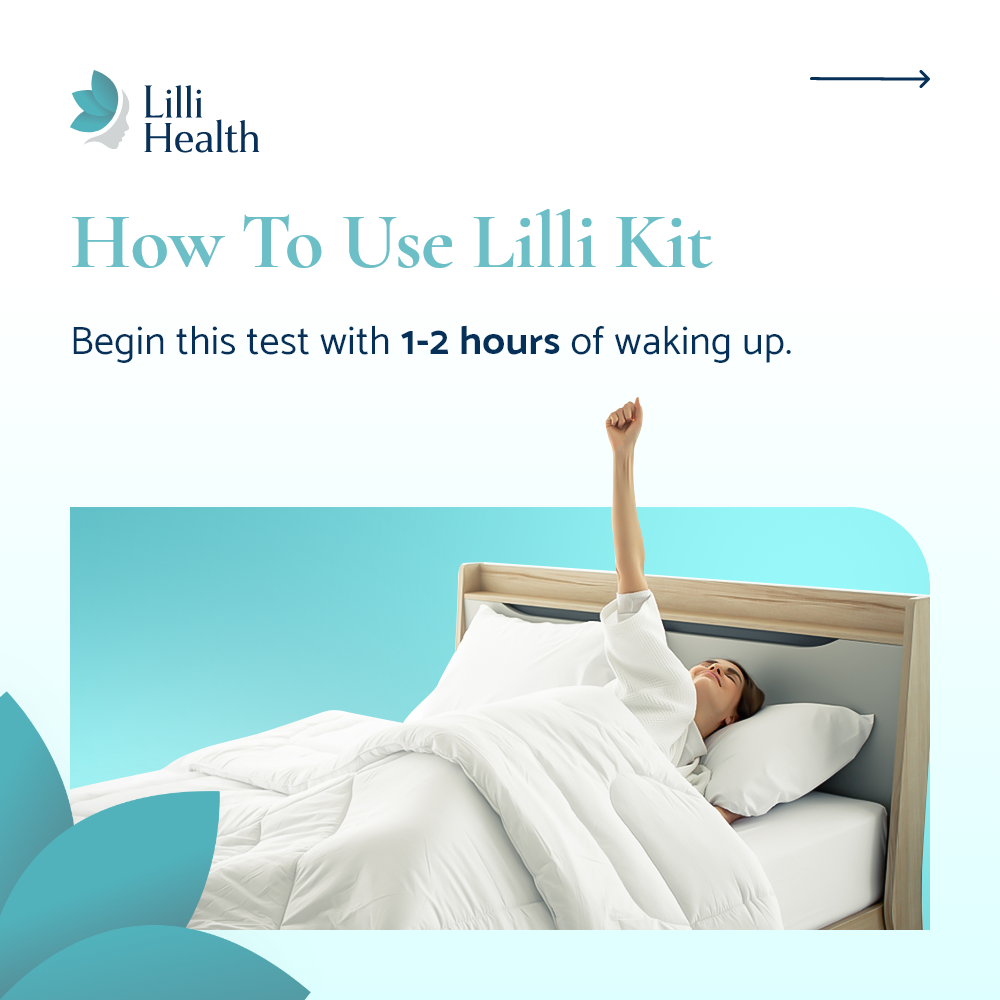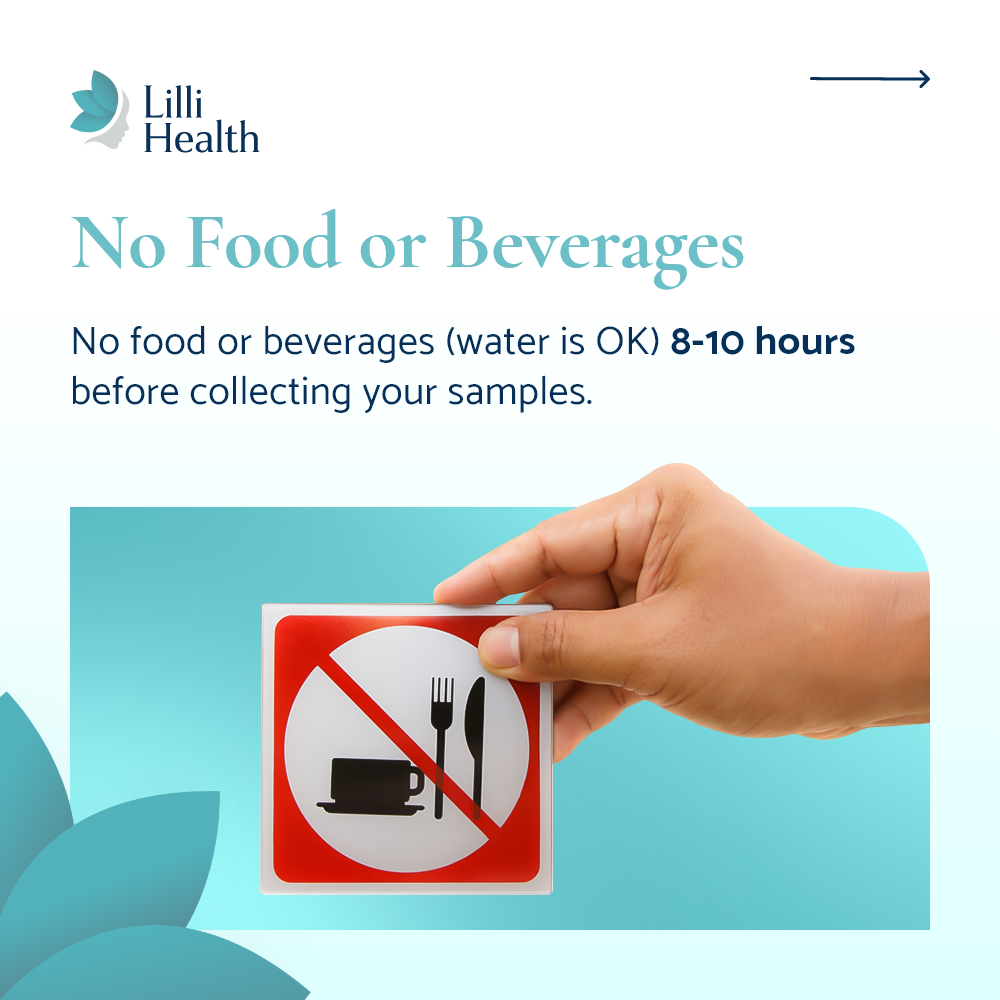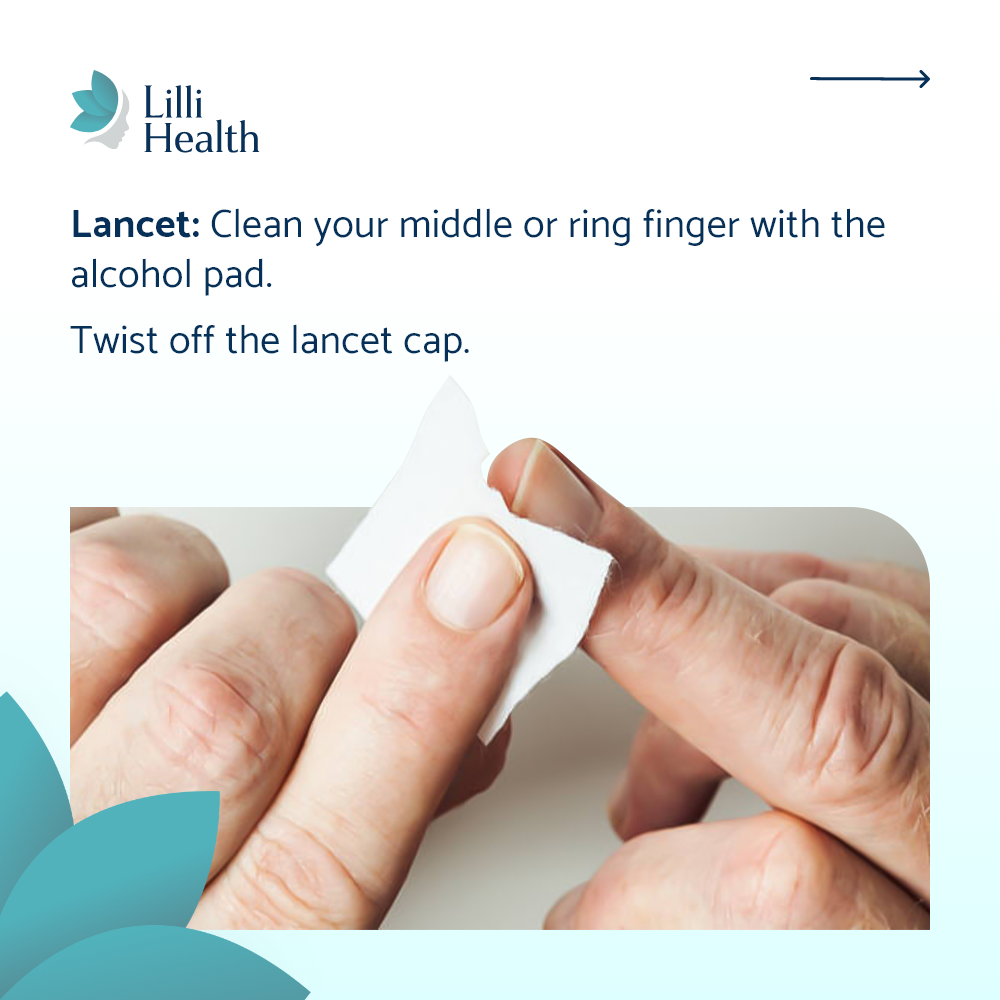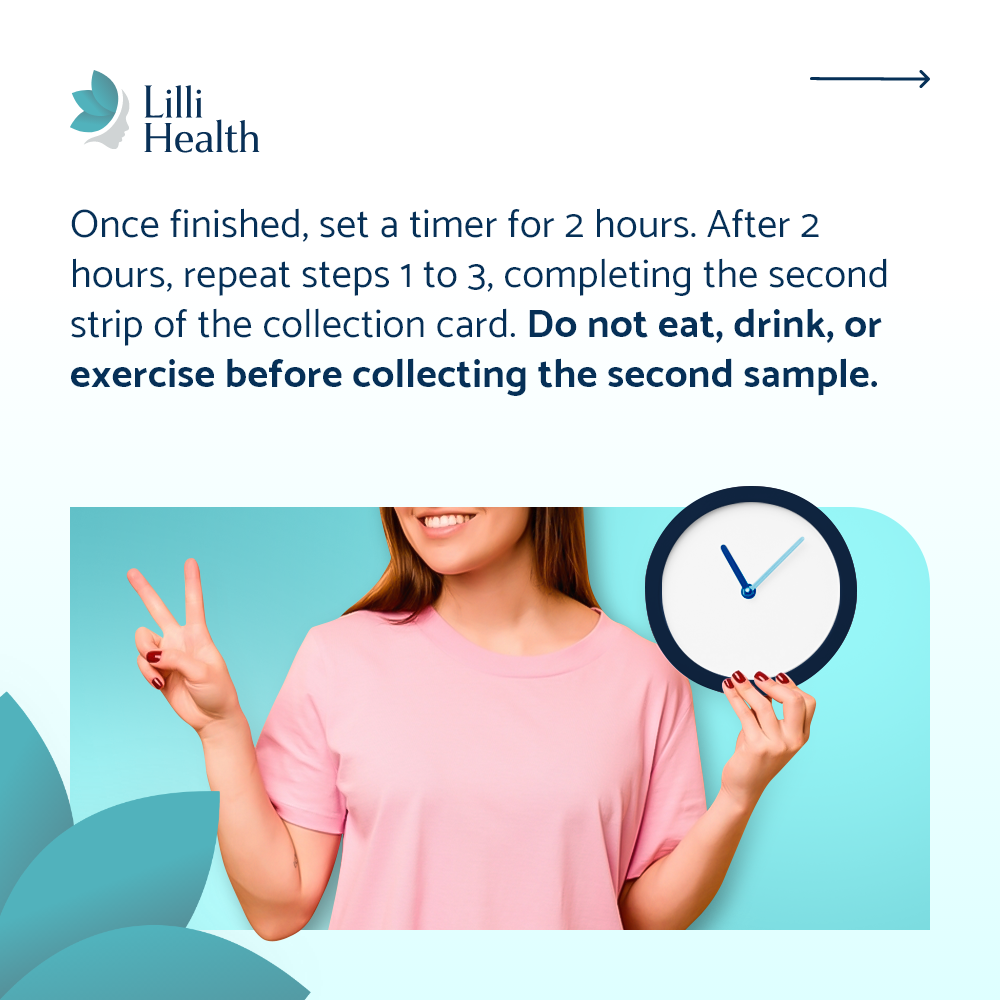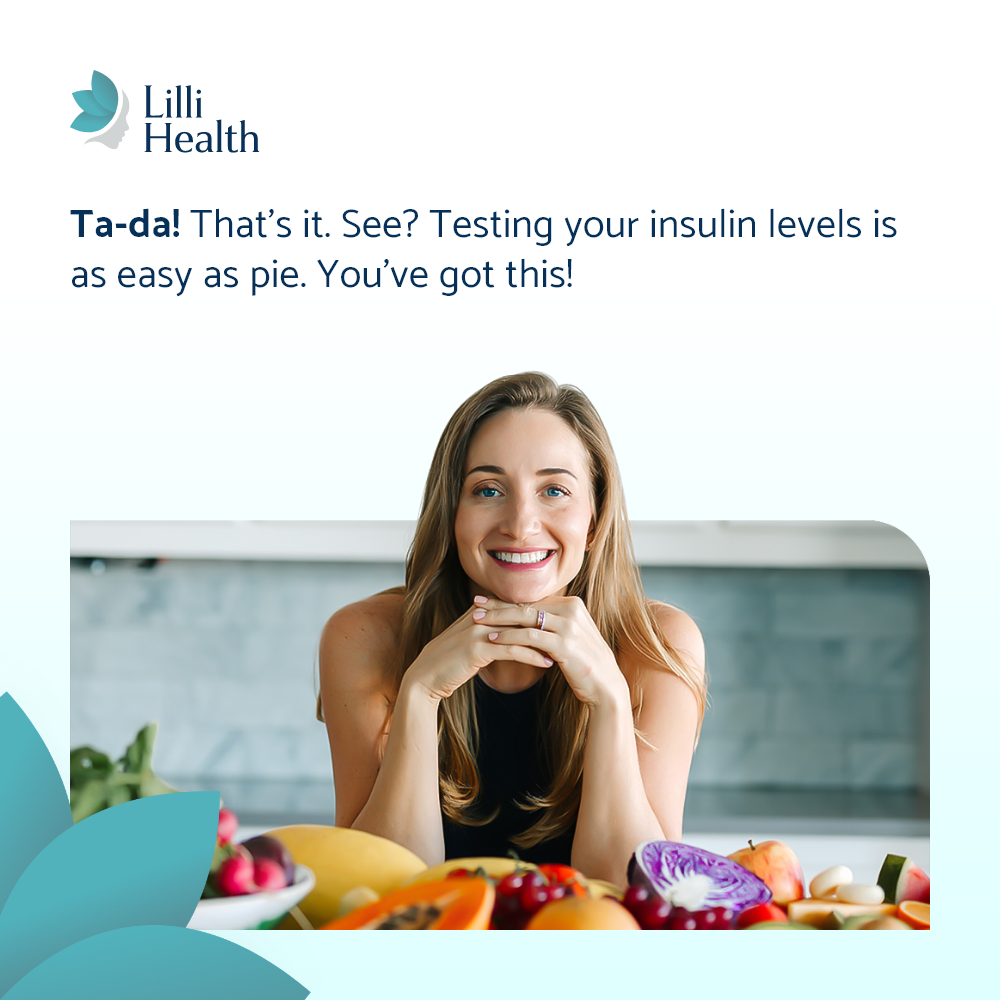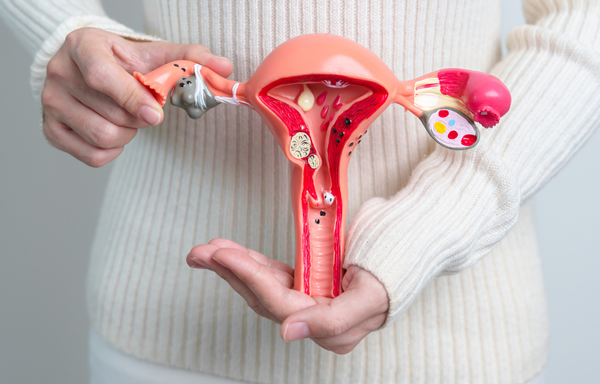

The Link Between Insulin and Endometrial Cancer
Endometrial cancer—the most common type of uterine cancer—is often linked to estrogen dominance, but there’s another major factor that rarely gets discussed: insulin resistance.
If your doctor has only talked to you about hormone replacement therapy, weight, or genetics, you may be missing a critical piece of the puzzle. High insulin levels not only increase estrogen but also directly fuel endometrial cancer growth. Understanding this connection could be a game-changer in prevention and treatment.
How Insulin Fuels Endometrial Cancer Growth
Most people think of insulin as a blood sugar hormone, but it is also a powerful growth hormone that affects cell division—including cancer cell growth.
When insulin levels stay too high for too long, they can:
- Increase estrogen levels, which thickens the uterine lining and raises cancer risk.
- Trigger chronic inflammation, damaging cells in the uterus.
- Directly stimulate endometrial cancer cells to grow and spread.
1. High Insulin Increases Estrogen, Fueling Endometrial Cancer
One of the biggest risk factors for endometrial cancer is excess estrogen without enough progesterone to balance it. Insulin resistance makes this worse by increasing estrogen levels in multiple ways.
- Insulin reduces SHBG (sex hormone-binding globulin), a protein that helps regulate estrogen. When SHBG is low, more free estrogen circulates in the body, stimulating the uterine lining.
- Fat tissue converts androgens into estrogen, and women with insulin resistance tend to have higher body fat levels, further increasing estrogen exposure.
- High insulin levels disrupt ovulation, leading to low progesterone. Without progesterone to balance estrogen, the uterine lining can grow too thick, increasing the risk of endometrial cancer.
This constant estrogen exposure “feeds” the cells in the uterine lining, making it easier for cancer to develop.
2. Insulin Directly Stimulates Endometrial Cancer Cells to Grow
Even if estrogen is high, cancer cells still need a signal to multiply. That’s where insulin and IGF-1 (insulin-like growth factor-1) come in.
- Endometrial cancer cells have insulin receptors, meaning they respond directly to insulin. High insulin levels tell these cells to grow and spread more aggressively.
- IGF-1, which is elevated in insulin resistance, is a major driver of tumor growth, making endometrial cancer more aggressive.
- Studies show that women with high insulin levels have higher rates of endometrial hyperplasia (abnormal uterine lining growth), which can develop into cancer.
Simply put, high insulin acts as fuel for endometrial cancer.
3. Chronic Inflammation from Insulin Resistance Damages the Uterine Lining
Chronic inflammation is a known driver of cancer development, and insulin resistance is a major source of low-grade, ongoing inflammation.
- When insulin is high, it triggers inflammatory cytokines, which damage cells in the uterine lining.
- Inflammation can cause DNA damage in endometrial cells, increasing the risk of cancerous changes.
- Women with insulin resistance often have a condition called metabolic syndrome, which is strongly linked to endometrial cancer due to the combination of high insulin, high inflammation, and high estrogen.
If your doctor has never tested your insulin levels, you may be missing a key opportunity to reduce both inflammation and your risk of endometrial cancer.
4. Obesity, Insulin Resistance, and Endometrial Cancer: The Hidden Link
It’s well known that obesity is a major risk factor for endometrial cancer—but it’s not just about weight. The real issue is how excess fat increases insulin resistance and estrogen production.
- Fat tissue is hormonally active—it produces estrogen. The more fat tissue you have, the more estrogen circulates in your body.
- Women with obesity have 3-4 times the risk of developing endometrial cancer, largely due to the combination of high estrogen and high insulin.
Even if you are not diabetic, insulin resistance could still be silently increasing your cancer risk.
How a Low Insulin Lifestyle Can Support Endometrial Health
The good news? You can lower your insulin levels and create a body environment that does not encourage endometrial cancer growth.
By adopting a Low Insulin Lifestyle, you can:
- Reduce excess insulin that fuels cancer cell growth.
- Lower estrogen levels by increasing SHBG and reducing estrogen production from fat.
- Support progesterone levels, balancing estrogen and preventing excessive uterine lining growth.
- Reduce inflammation, protecting endometrial cells from damage.
- Improve overall metabolic health, which may lower the risk of endometrial cancer progression.
This is not just about weight loss—it’s about metabolic health. Lowering insulin is one of the most powerful things you can do to protect yourself from endometrial cancer.
Why Blood Sugar and A1C Aren’t Enough
Many doctors focus on blood sugar (glucose) and A1C when assessing metabolic health, but this is not enough to understand your cancer risk.
- You can have normal blood sugar and still have dangerously high insulin levels.
- Many women with insulin resistance are missed because doctors are not testing insulin.
- By the time glucose is high, insulin has often been elevated for years or decades, silently increasing risk.
💡 If you are concerned about your endometrial cancer risk, ask your doctor to test your insulin levels. This number gives a much clearer picture of your metabolic health.
The Bottom Line: Don’t Overlook Insulin in Endometrial Cancer Prevention
Endometrial cancer is not just about estrogen—insulin resistance is a major but overlooked risk factor.
High insulin levels:
- Increase estrogen levels, stimulating excessive uterine lining growth.
- Directly fuel endometrial cancer cell growth.
- Trigger chronic inflammation, damaging endometrial cells.
- Make endometrial cancer more aggressive.
If you are at risk for endometrial cancer or have a history of irregular cycles, PCOS, or metabolic syndrome, managing insulin should be part of your prevention plan. If you have been diagnosed with endometrial cancer, lowering insulin could help support better treatment outcomes.
Your doctor may not be talking about this, but that doesn’t mean it’s not important. Insulin is a missing piece in the endometrial cancer conversation, and it’s time to change that.
References
Nead KT, et al. Evidence of a Causal Association Between Insulinemia and Endometrial Cancer: A Mendelian Randomization Analysis. J Natl Cancer Inst. 2015. Read more
Hernandez AV, et al. Insulin resistance and endometrial cancer risk: A systematic review and meta-analysis. Eur J Cancer. 2015. Read more
Màrmol JM, et al. Insulin resistance in patients with cancer: a systematic review and meta-analysis. Acta Oncol. 2023. Read more



